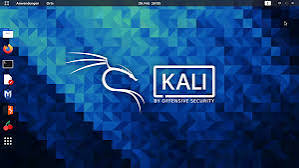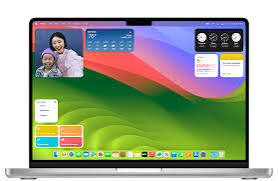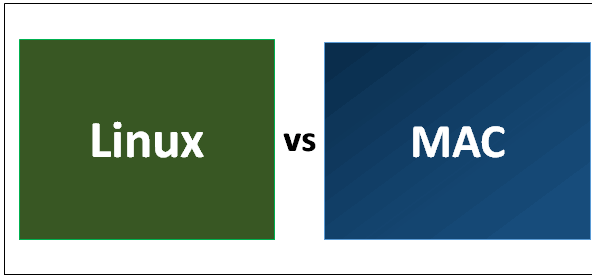Kali Linux and macOS are two distinct platforms with different characteristics and capabilities in the world of computer systems. While macOS is praised for its elegant design, user-friendly interface, and flawless ecosystem integration, Kali Linux is well known for its emphasis on cyber security and penetration testing. We’ll examine the variations between Kali Linux and macOS in this blog post, as well as their advantages, disadvantages, and suitability for various use scenarios.
Table of Contents
Difference:
Open-source Linux is an operating system that works with any kind of hardware. However, although both Linux and Mac are computer operating systems, Mac is a proprietary operating system for Mac devices. In addition to being an operating system and server, Linux also acts as a platform for additional system apps. Other system programs cannot be used with the Mac operating system.
The main components of both macOS and Linux are the kernel, necessary tools, the GUI or desktop environment, and applications. The basis of macOS is the open-source Darwin BSD Unix kernel. For example, macOS’s core apps and graphical user interface are proprietary and closed-source components.
Kali Linux:
The Cyber Security Superpower Offensive Security created Kali Linux, a Debian-based Linux distribution intended for penetration testing and digital forensics. With a plethora of pre-installed tools and utilities, Kali Linux gives penetration testers, ethical hackers, and cyber security experts the ability to thoroughly evaluate the security of systems and networks. Kali Linux provides a comprehensive toolkit for finding and fixing security flaws, ranging from vulnerability assessment to network analysis and password cracking.

The advantages of Kali Linux:
- An extensive collection of security tools pre-installed.
- Adaptable and customizable to different cyber security tasks.
- Open-source and freely accessible, with a thriving user and contributor community.
- Accommodates a large variety of platforms and hardware, such as virtual machines, laptops, and desktop computers.
Limitations of Kali Linux:
- Difficult learning curve for novices; experience with Linux terminal and command-line tools is required.
- Limited compatibility with several popular programs and apps.
- It might not be appropriate for routine operations like multimedia, web browsing, or overall productivity.
macOS: The Apple Ecosystem’s Elegance
The operating system that powers Mac computers, macOS, was created by Apple Inc. and is renowned for its user-friendly interface, smooth cross-platform integration, and emphasis on design aesthetics. MacOS provides a unified and elegant user experience designed for work, creativity, and leisure with features like the Dock, Spotlight search, and Continuity. Even though macOS lacks Kali Linux’s vast arsenal of cybersecurity tools, it nevertheless does a great job of offering a dependable, approachable environment for routine computer operations.

Advantages of macOS:
- Intuitive user interface with a focus on simplicity and elegance.
- Smooth interaction with other Apple products and services, including as Continuity, Handoff, and iCloud.
- A vast collection of native programs and applications, including as multimedia apps, creative suites, and productivity tools.
- Robust security features, such as application sandboxing and integrated malware prevention
Limitations of MacOS:
- Limited interoperability with apps and software that are industry- or niche-specific.
- Fewer customization choices than operating systems based on Linux.
- Mac hardware is more expensive than that of other platforms.
Which Works Better?
The relative merits of Kali Linux and macOS primarily depend on your own requirements, tastes, and use cases. Kali Linux provides a wide range of specialized tools and utilities that are necessary for penetration testing and security assessments, making it an ideal choice for security professionals and ethical hackers. MacOS, however, might be a better option if you value a stable environment, a user-friendly interface, and seamless ecosystem integration for routine computer chores.
Conclusion:
The choice between Kali Linux and macOS ultimately boils down to your unique needs and working style. Both platforms have special advantages and skills, whether your goal is overall productivity, creative work, or cybersecurity. Thus, carefully weigh your priorities and select the operating system that best serves your purposes.

